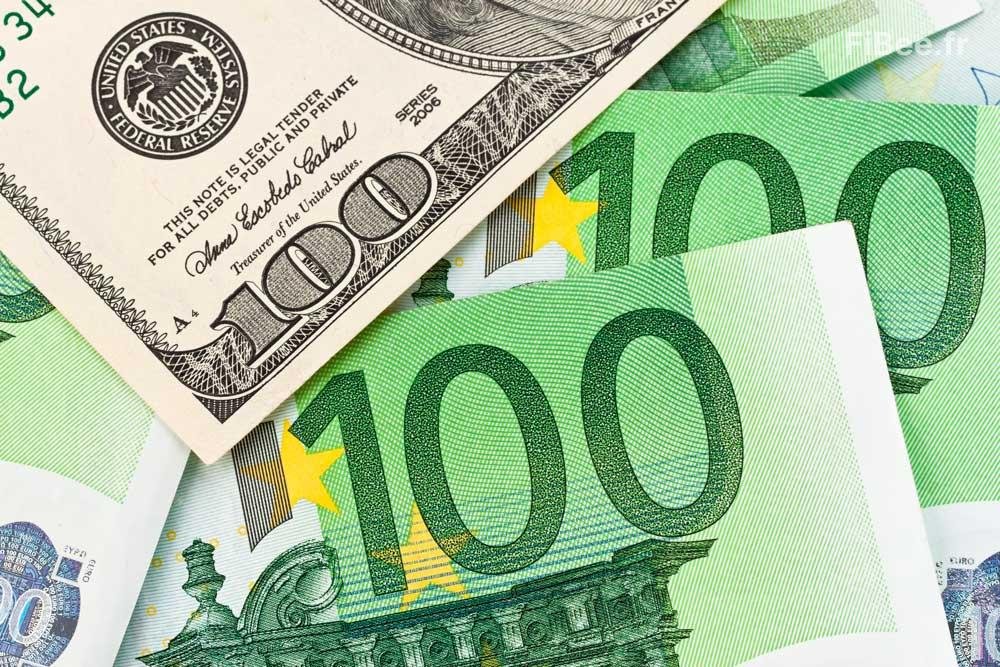
The EUR has shrugged off further evidence of the headwinds prior ECB rate hikes are having on the economy
Last night, the ECB released its money supply and loan data for June. The growth in lending to households continued to slow down, marking a significant decline from its peak in June 2022. Specifically, the year-on-year lending growth dropped from 4.6% to just 1.1%. The slowdown was evident across various categories such as lending for house purchases, consumer credit, and other types of loans. Lending growth to non-financial entities also decelerated, and M3 money supply growth stood at 0.6% YoY, lower than the expected consensus of 0.9%, with a revision of May’s growth rate downwards as well. These trends have been observable for several months, so the June data does not bring anything entirely new.
While money supply data seldom excites the markets, economists pay close attention to it, and the ECB policy board comprises many of these experts. The recent softer numbers contribute to a series of dovish data surprises, making it challenging for ECB President Lagarde to provide clarity on whether further rate hikes will be necessary beyond today.
AUD/USD is weaker overnight following the Q2 inflation miss
The latest data shows that both headline CPI and core measures were below the market consensus and the RBA’s predictions, indicating clear signs of moderation on a quarter-on-quarter basis. As the August meeting approaches, the central bank faces a mixed economic scenario. On one hand, the labour market remains tight, with the unemployment rate one percentage point lower than the RBA’s estimated NAIRU (Non-Accelerating Inflation Rate of Unemployment). On the other hand, inflation is still above the target, but it slowed down more than expected in Q2, which might give the RBA more confidence in the effectiveness of the disinflation trend.
Following the release of this data, the futures market’s pricing for the RBA’s August meeting decreased from 11 basis points (bp) of anticipated rate hikes to 4bp, indicating a shift toward the expectation that rates will remain unchanged. In this context, if the RBA proceeds with a 25bp rate hike (as anticipated by HSBC economists), the AUD is likely to strengthen. However, I don’t expect a significant breakout in the AUD-USD exchange rate as it’s likely to remain within a certain range. While the prospect of stimulus from China provides some support, the RBA’s reaction function seems to be less positive than before.

